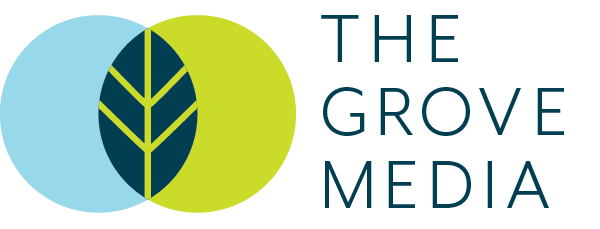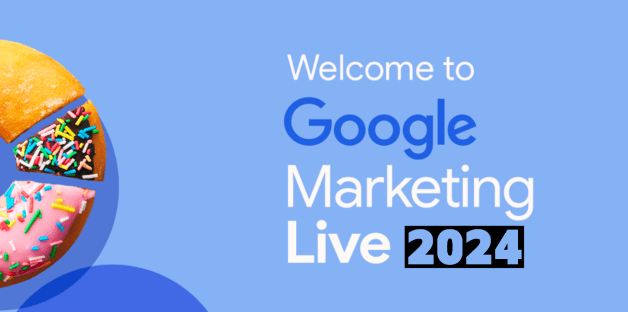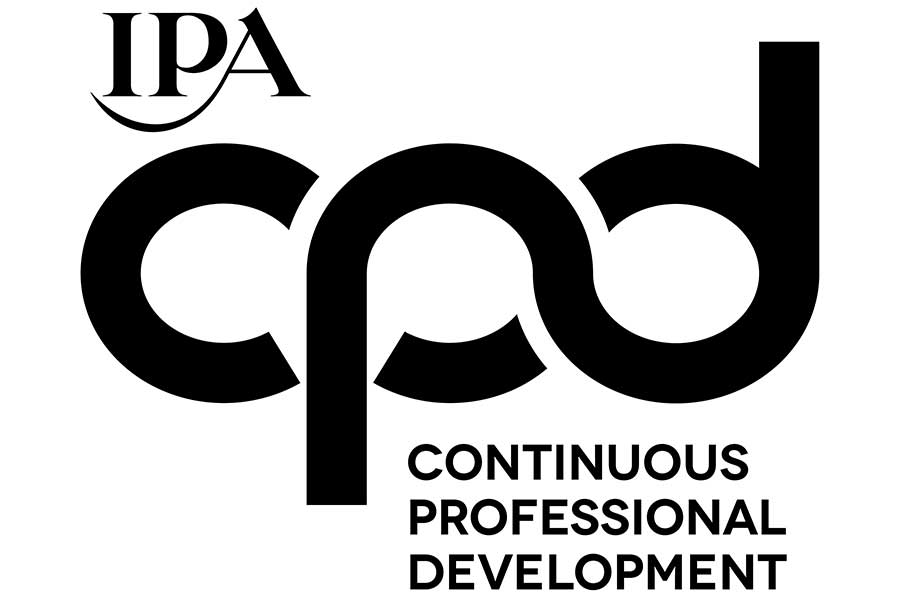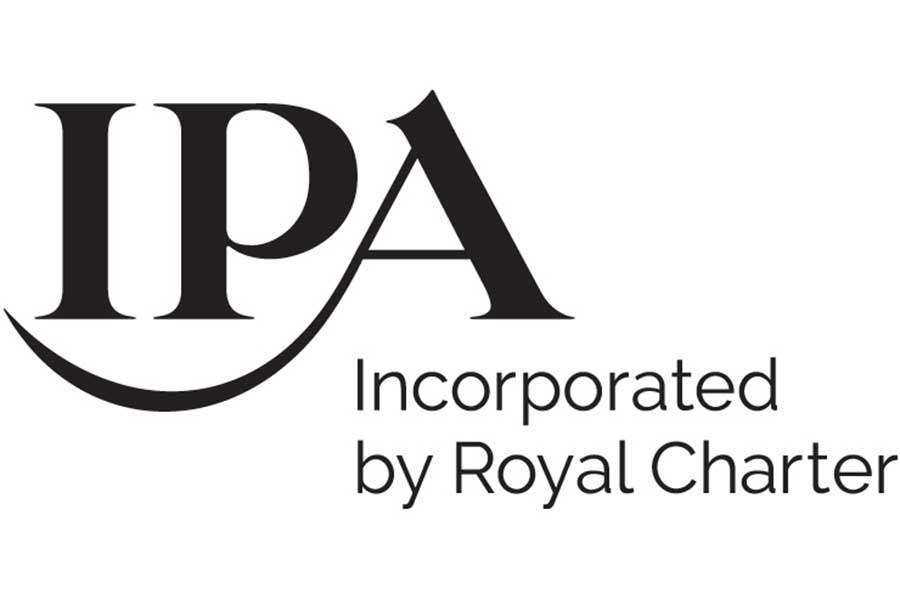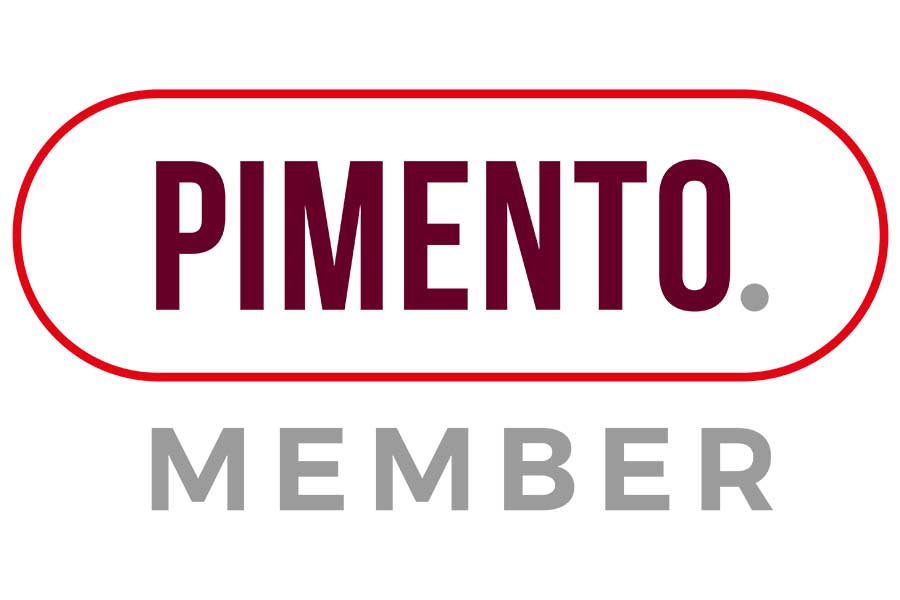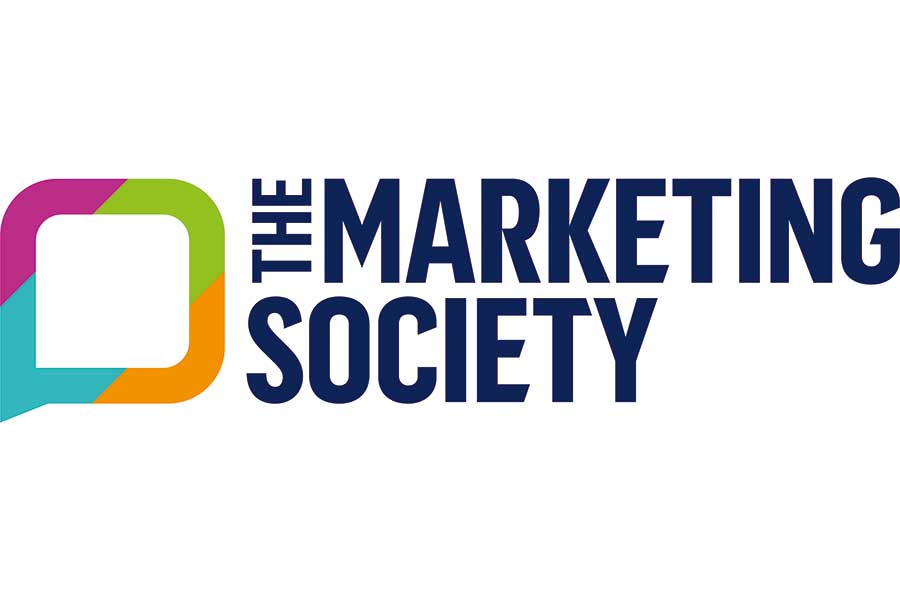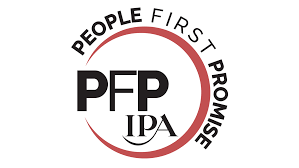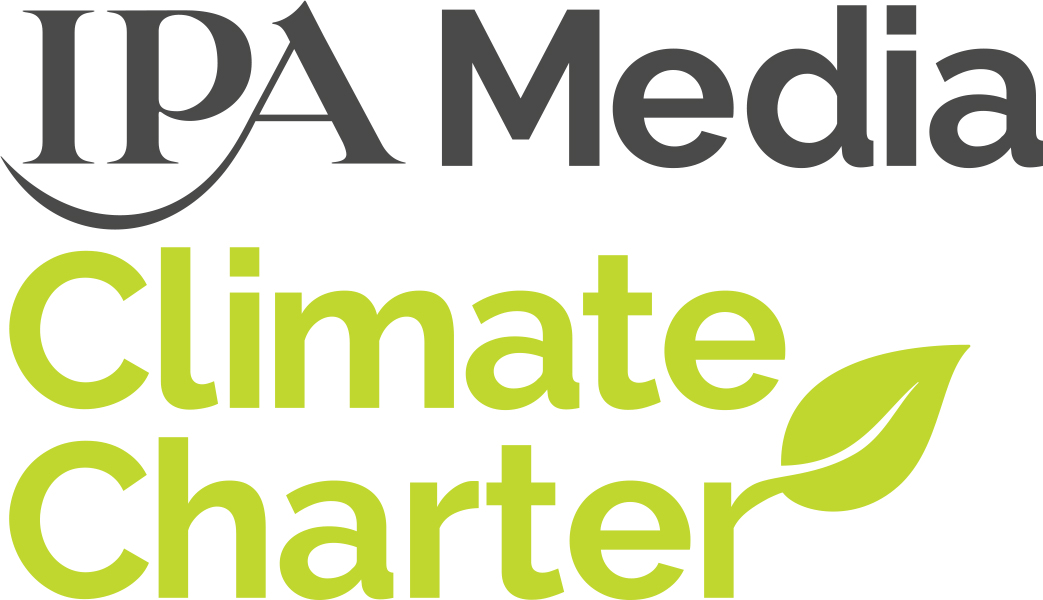By Ciaran Deering, Head of Online at The Grove Media
Every year Google hosts its Marketing Live conference. This eagerly anticipated event is the platform’s major showcasing of its latest innovations across Google Ads. Unsurprisingly, AI dominated much of the talk this year. But in contrast to previous years, there was no standout announcement. In some ways, this reflects just how much AI is driving change across all the individual parts of Google Ads. This is our low down on the changes and opportunities that Google unveiled for advertisers.
Addressing advertiser concerns about Performance Max
PMax is Google’s AI-powered, full funnel product, that allows advertisers to access all Google channels and inventory for a single campaign. At Marketing Live, Google said that advertisers will soon be able to use generative AI to create assets using their own brand guidelines. An advertiser’s website images will act as the reference point for AI generated images. This new function will go some way to allay advertiser concerns about the lack of control – and quality – of PMax ads. It will also be possible to use product images from Google Shopping ads within PMax, extending shopping results for advertisers using both services.
And Google addressed concerns about PMax’s lack of reporting transparency with the news that advertisers will be able to see exactly where ads are being placed on YouTube and can use ‘exclusions’ to control that placement. In the next few months we will also be able to see metrics for each creative asset on PMax. And we will start to get conversion lift studies, but likely with a significant minimum spend requirement.
Combining Performance Max with search
It’s clear that PMax is an increasingly pivotal part of Google’s offering, so it’s no surprise that the platform is now positioning the combination of search and PMax as the ‘Ads Power Pair’. Google claims that the combination delivers the best conversion performance and ROI across its ecosystem. To achieve this, Google says advertisers should use broad match targeting and smart bidding, which is machine-learning driven optimisation. Addressing advertiser concerns about how PMax delivers ads on the search platform, Google said that AI improvements are reducing friction between the ‘power pair’. We will continue to test to see if this is really the case.
AI-powered search drives forward
There was a lot of talk about how generative AI will evolve search. Google pointed to the growth of visual search with more people searching using product photos. Shopping ads will now start showing at the top of visual search results, which will be welcomed by advertisers using Google Shopping.
Google said that we’re going to see interactive, conversational, AI-powered ads, which allow people to share more information – including photos – about what they’re looking for and will provide better, tailored recommendations.
Google’s AI Overviews that provide a rapid, AI-generated snapshot with key information and links have been in the headlines of late due to the large number of reported errors. Pulling in results from the wider internet, AI Overviews have been rolled out in the US – including adding ads into the panel – and are now being tested in Europe.
Demand Gen made easier for smaller advertisers
Demand Gen campaigns are a newer visual campaign type that deliver ads across YouTube, Shorts, Discover Feeds and Gmail. As the name indicates, they’re designed to drive demand and are similar to the social ad propositions from the likes of Meta. At Marketing Live, Google announced that it was reducing the minimum requirement to build a lookalike audience from a 1000 to 100 email address. This will make a noticeable difference for smaller advertisers.
Improvements in measurement and audiences
Integrating customer data into Google Ads regularly poses challenges for The Grove and our clients. The good news is that Google are looking to address this by making Google Ads Data Manager (a data manager and import tool) available to everybody. This should enable quicker and easier integration between Google Ads and platforms such as Salesforce and BigQuery, improving customer matching and lookalike campaigns. This is a big development and will enable advertisers to use their customer data to enhance targeting and results via Google Ads.
Later this year, we will see a new data segment in the form of Google Engaged Audiences – people that have visited a website through any form of Google ad. Automatically available for eligible accounts, this new data set will help brands better understand their visibility to select audiences.
While the announcements at this year Marketing Live are more about evolution than revolution, it’s very apparent that everything is pointing in one direction at Google – powered by AI. If Google get it right and continue listen to the concerns of the market, this is good news for advertisers. If you want to understand how changes at Google could impact your media strategy, then talk to us at The Grove [email protected]
Featured image courtesy of LinkedIn
